
- For PC
- For MAC
- For Linux
- OS: Windows 10 (64 bit)
- Processor: Dual-Core 2.2 GHz
- Memory: 4GB
- Video Card: DirectX 11 level video card: AMD Radeon 77XX / NVIDIA GeForce GTX 660. The minimum supported resolution for the game is 720p.
- Network: Broadband Internet connection
- Hard Drive: 22.1 GB (Minimal client)
- OS: Windows 10/11 (64 bit)
- Processor: Intel Core i5 or Ryzen 5 3600 and better
- Memory: 16 GB and more
- Video Card: DirectX 11 level video card or higher and drivers: Nvidia GeForce 1060 and higher, Radeon RX 570 and higher
- Network: Broadband Internet connection
- Hard Drive: 62.2 GB (Full client)
- OS: Mac OS Big Sur 11.0 or newer
- Processor: Core i5, minimum 2.2GHz (Intel Xeon is not supported)
- Memory: 6 GB
- Video Card: Intel Iris Pro 5200 (Mac), or analog from AMD/Nvidia for Mac. Minimum supported resolution for the game is 720p with Metal support.
- Network: Broadband Internet connection
- Hard Drive: 22.1 GB (Minimal client)
- OS: Mac OS Big Sur 11.0 or newer
- Processor: Core i7 (Intel Xeon is not supported)
- Memory: 8 GB
- Video Card: Radeon Vega II or higher with Metal support.
- Network: Broadband Internet connection
- Hard Drive: 62.2 GB (Full client)
- OS: Most modern 64bit Linux distributions
- Processor: Dual-Core 2.4 GHz
- Memory: 4 GB
- Video Card: NVIDIA 660 with latest proprietary drivers (not older than 6 months) / similar AMD with latest proprietary drivers (not older than 6 months; the minimum supported resolution for the game is 720p) with Vulkan support.
- Network: Broadband Internet connection
- Hard Drive: 22.1 GB (Minimal client)
- OS: Ubuntu 20.04 64bit
- Processor: Intel Core i7
- Memory: 16 GB
- Video Card: NVIDIA 1060 with latest proprietary drivers (not older than 6 months) / similar AMD (Radeon RX 570) with latest proprietary drivers (not older than 6 months) with Vulkan support.
- Network: Broadband Internet connection
- Hard Drive: 62.2 GB (Full client)
The Scorpion was designed to fight Soviet bombers back before the Cold War was even a thing. It carries a massive number of rockets for its time and was the world’s first aircraft to carry air-to-air nuclear rockets. Get ready for two different versions of the F-89 Scorpion jet!
F-89B and F-89D, jet fighter, premium, USA, rank V.
Pros
- F-89B – powerful 6x20mm frontal armament
- F-89D – whole lotta rockets: Mighty Mouse x104 + HVAR x16
- Radar
Cons
- Average maximum speed
- F-89D – no frontal armament
Almost immediately after WWII, the Nothrop Corporation began developing an experimental jet fighter-interceptor to meet the new requirements for that class of aircraft. The American interceptor’s primary targets were supposed to be Soviet bombers, so the projected model’s flight characteristics and armament had to meet this objective. At first the two-seater twin-engine jet was developed to have a rather interesting four gun turret. This turret was to be mounted on the aircraft’s nose and could fire on targets either automatically or manually along a vertical plane either forward, up, down or, in some cases, backward. However, when the experimental model of the aircraft was ready, the turret still hadn’t undergone testing yet, so the military decided to install traditional static frontal guns on it, as well as HVARs on the wing pylons. It was with this loadout that the Scorpion F-89A and F-89B went into service. The armament was switched exclusively to rockets somewhat later. To make the change to rockets, the designers implemented an interesting solution: Mighty Mouse unguided rockets were installed on the front of the wing-mounted fuel tanks in such a way that the rocket and fuel sections of this part of the design were separated by a fireproof barrier. This also made it possible to install heavier, more destructive HVARs under the wing. The F-89D or “rocket” version of the Scorpion went on to become the most widespread version of the aircraft in the US air force – 682 of them were manufactured.
Fun fact: The F-89 is famous for having the first American AIM-4A short-range guided missiles (GAR-1), and even MB-1 Genie air-to-air rockets with nuclear warheads!
In War Thunder 1.91 Night Vision we offer two versions of the Scorpion – the F-89B and F-89D – which will become rank V premium aircraft in the US Airforce line. Like the Australian Boomerangs, they are acquired in order. Each modification is interesting in its own way, but they’re especially good together. The F-89B is a typical early post-war jet interceptor. Its not-worst-at-its-rank speed and rate of climb allow it to catch up to any piston-engine aircraft and fight early jets on an even footing. The F-89B is splendidly equipped for hunting other aircraft – its six 20mm M24A1s with a high rate of fire and 1,200 rounds are conveniently located in the front section of the fighter and allow the pilot to fire long, accurate volleys with barely any jams. Traditionally there are several kinds of ammo to choose from, including armour-piercing rounds, which allow you to deal with AA guns and armoured cars.
As for the F-89D, it’s exclusively an assault aircraft designed to deliver concentrated strikes against ground targets. The two unguided rocket launchers installed on the front part of the fuel tanks at the ends of the wings hold 104 Mighty Mouse rockets, each of which contains the equivalent of over a kilogram of TNT. In addition, another 16 HVARs, which fare quite well even against the sturdiest tanks, can be attached to the pylons. This modification has no guns, but why would you need guns when you have SO many rockets?
Both Scorpions will come in handy for various types of battles and situations. Taken together, they completely fill the fighter/attack aircraft niche for air and mixed battles alike. Both modifications gain altitude pretty well and can reach a maximum speed of about 900 km/h. The aircraft come equipped with radar that lets you fix targets along your flight path at a range of about two kilometres. The Scorpion has two engines, each of which has its own oil system, which gives you a chance to escape from combat and reach your airfield with a single engine. The Scorpion’s noteworthy disadvantages include rather fast fluttering at any speed above 900 km/h and insufficient speed to overcome especially fast hostiles when flying horizontally. Watch your altitude and speed, and slice your enemies up with high-speed guns or pelt them with endless rockets – the Scorpion is an excellent and rewarding aircraft for a nice “fan” game!
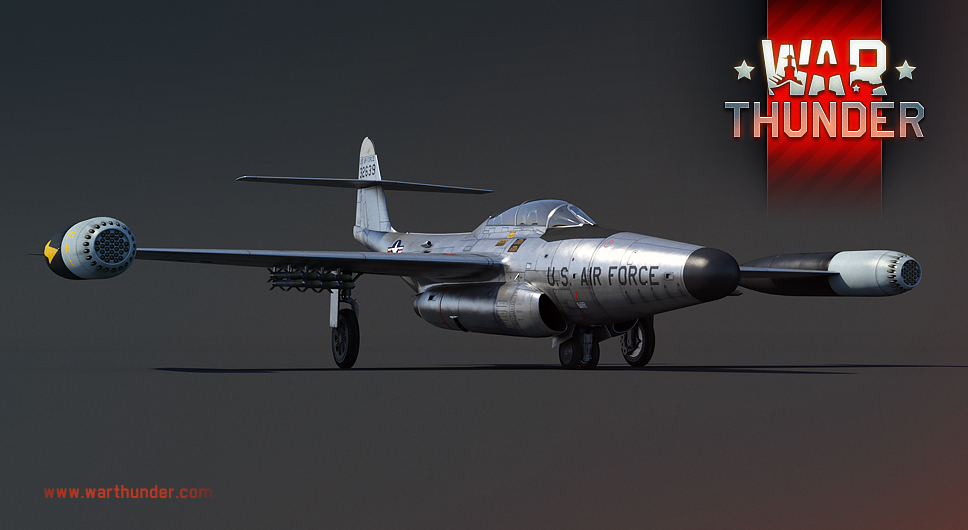
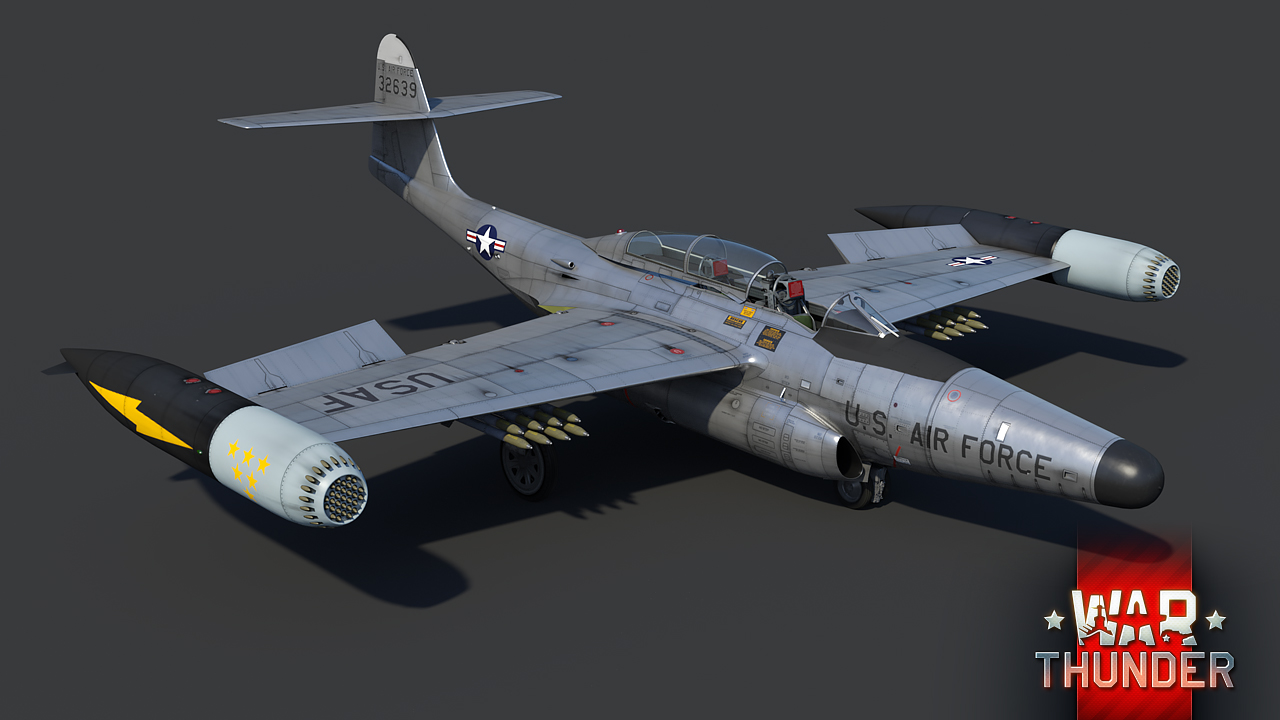
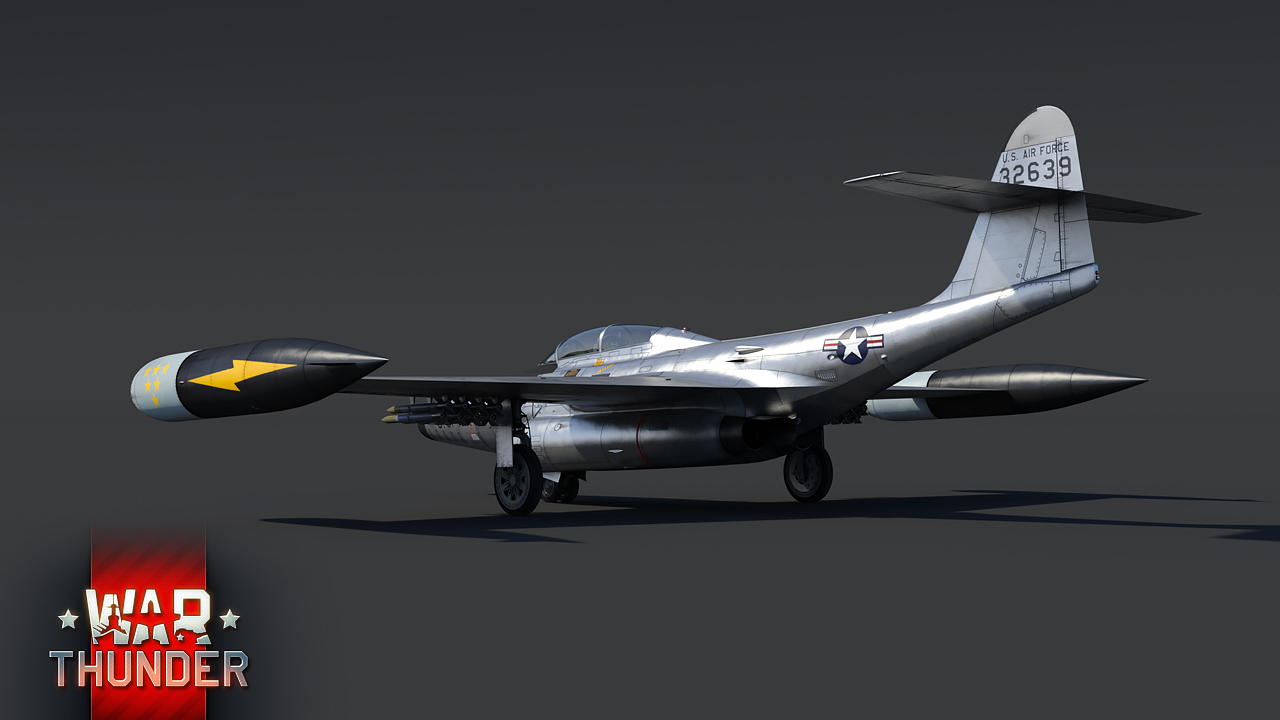
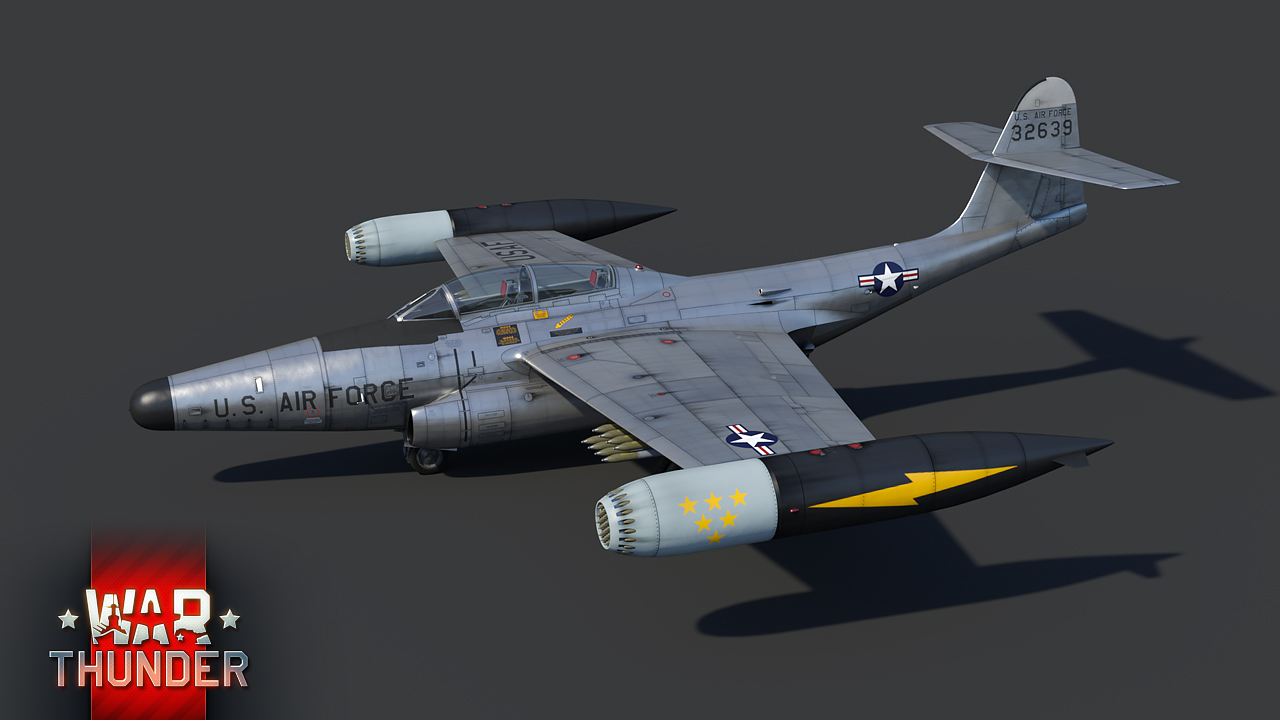
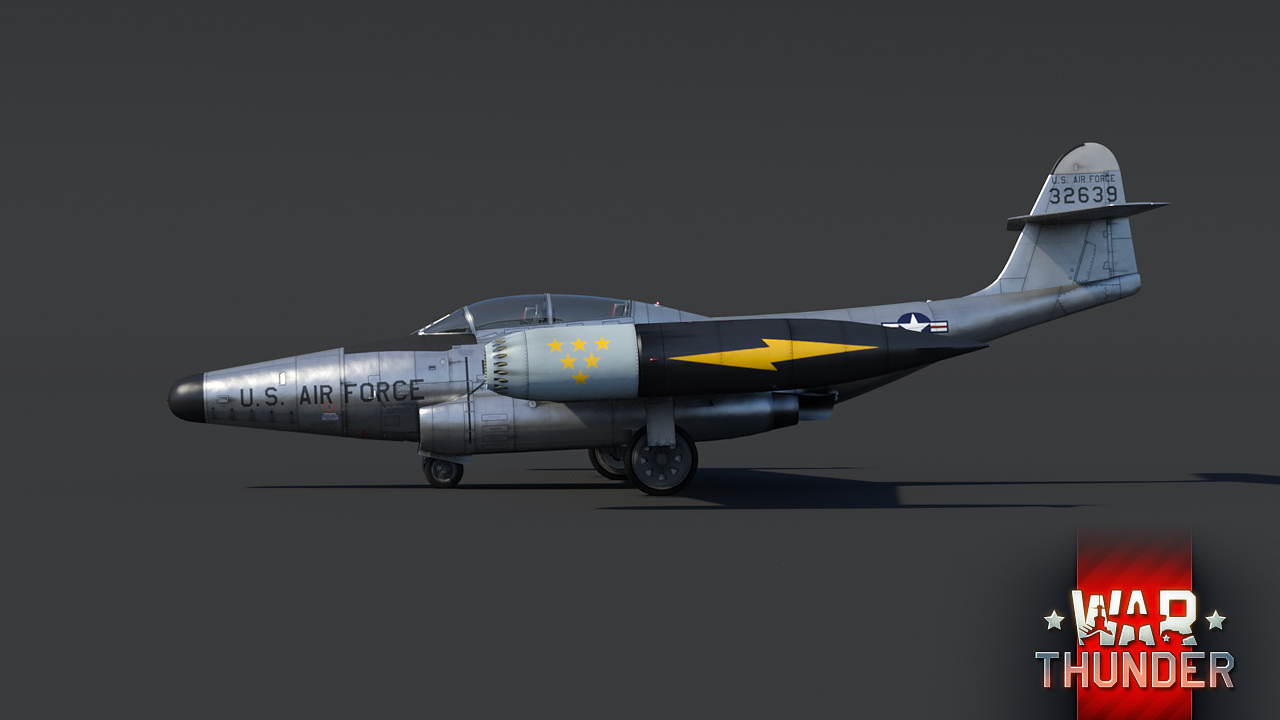
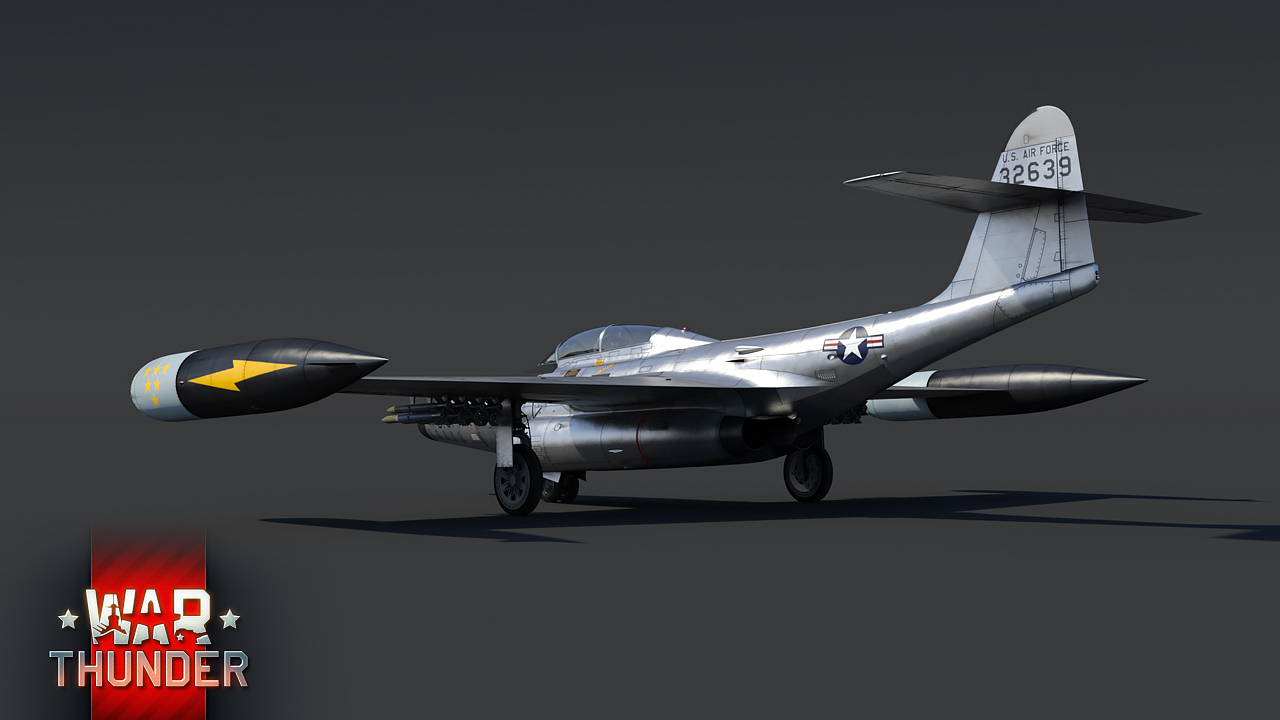
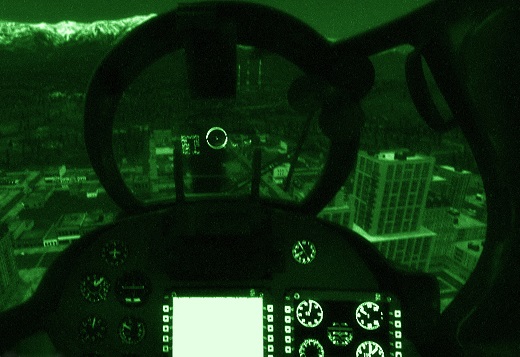
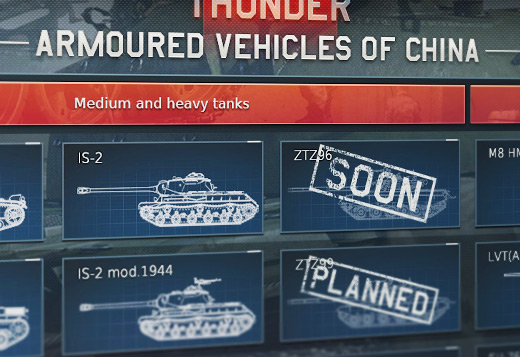
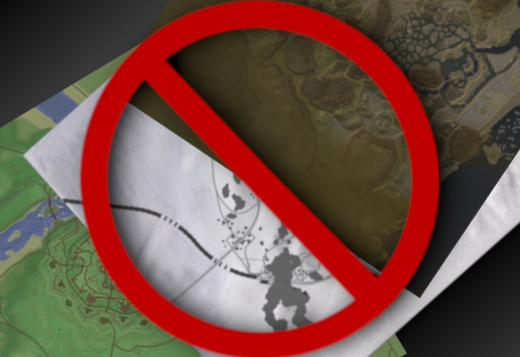
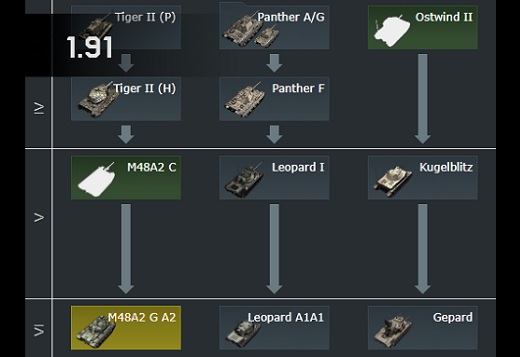
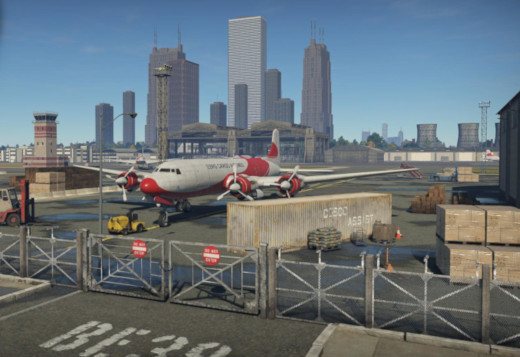
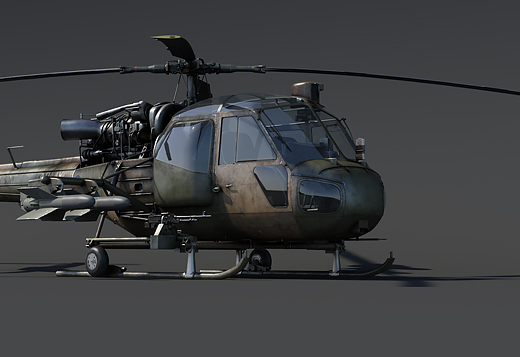
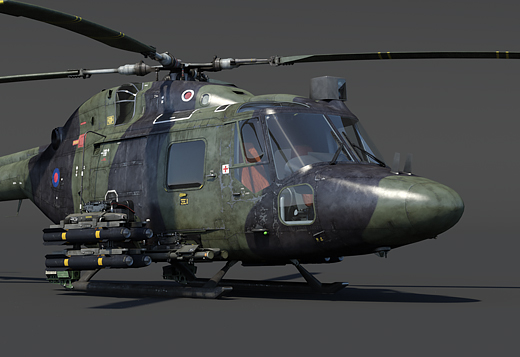
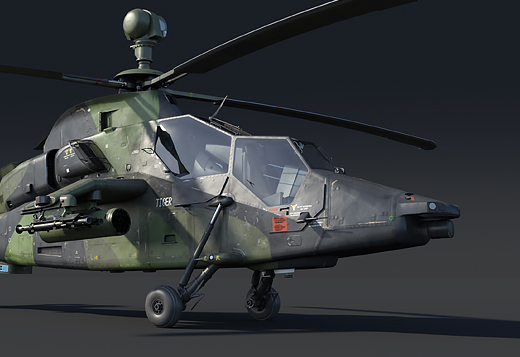
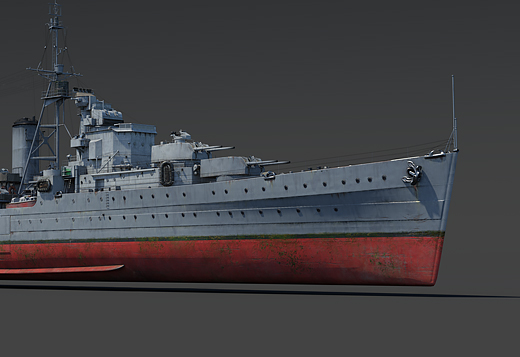
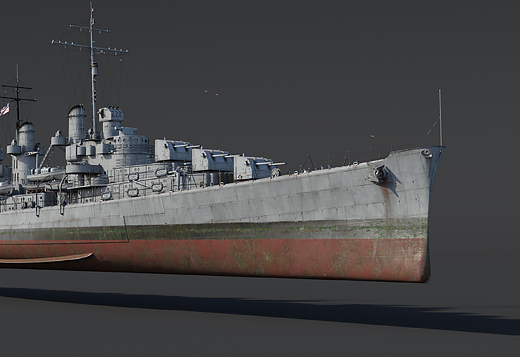
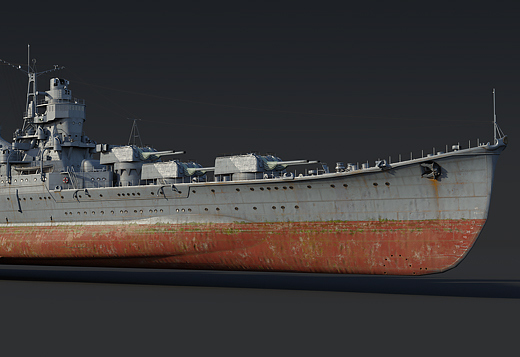
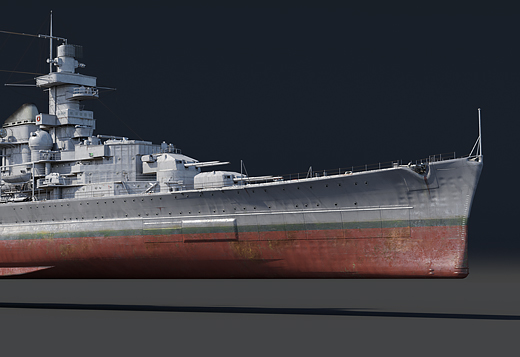
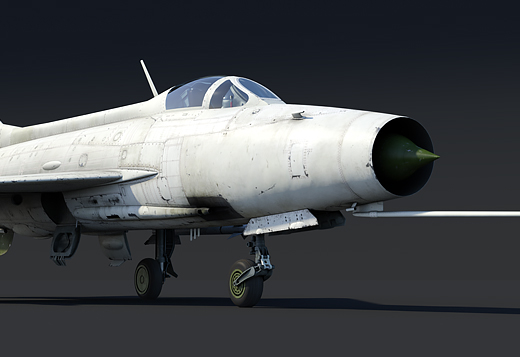
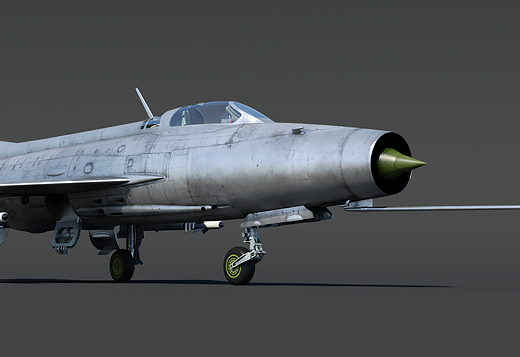
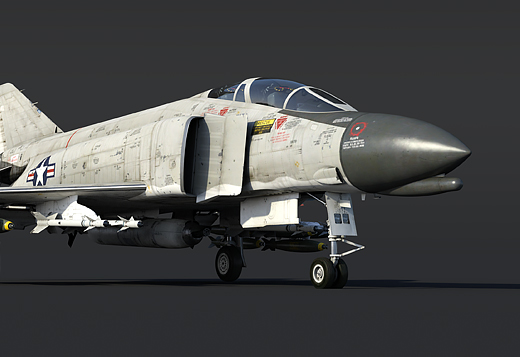
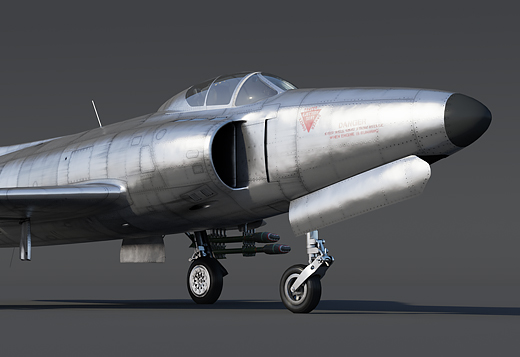
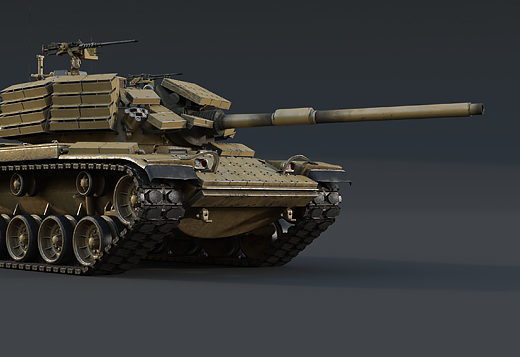

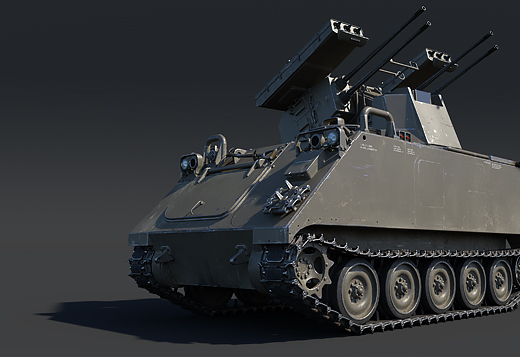
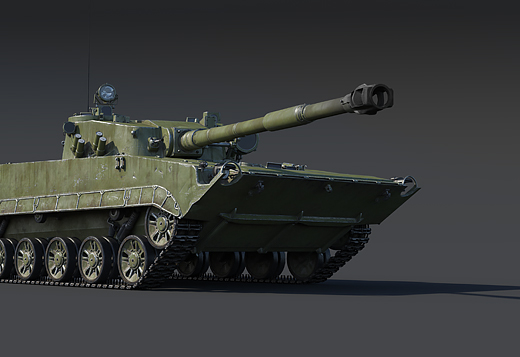
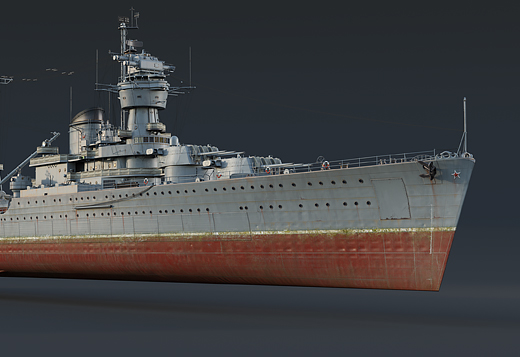
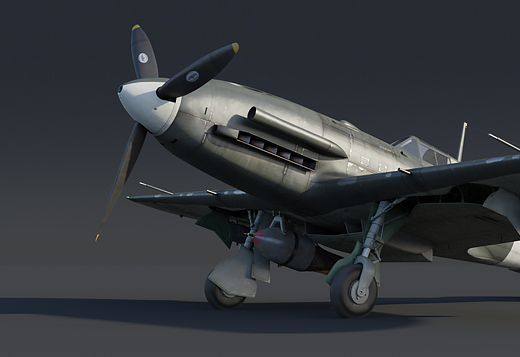



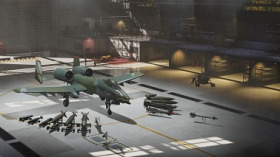
Comments (143)
The plane is described as an American response to Soviet bomber, and yet it will be implemented as CAS aircraft in the game. I feel sorry for the Axis team.
Are you going to make the F-89C with 30mms an event plane...? Please don't make it an event plane, I'm do done...
Pay Bros
Hey Gaijin, we can look at all this stuff ourselves in game. When will the Update be launched? Im waiting desperately...
Wow... *another* premimum
JET FLARE SYSTEM?? when
when is the update coming out I am starting to get a little angry
I would gladly pay a pretty penny in SL to have the Genie nuclear rockets. Not for nuking tanks, actually, but rather to airburst over a tank map and knock down every blasted tree and bush in existence. So many maps in Combined have obnoxious amounts of weeds/other breakable stuff that make it essentially impossible to see anything. Fields of Normandy, Normandy, Ardennes, Wallonia, Volokolamsk, Fulda, Alaska, US Desert, and others not immediately coming to mind.
" the Scorpion is an excellent and rewarding aircraft for a nice “fan” game!" WTF does that even mean? We'll ignore your usual lack of accuracy in this Gaijin, primarily referring to the fact the F-89D is wrong...I know I know you saw rockets an somehow completely got it's role incorrect, but that's an easy mistake for any professional to make doing something like this for nearly a decade...
Submit a complaint